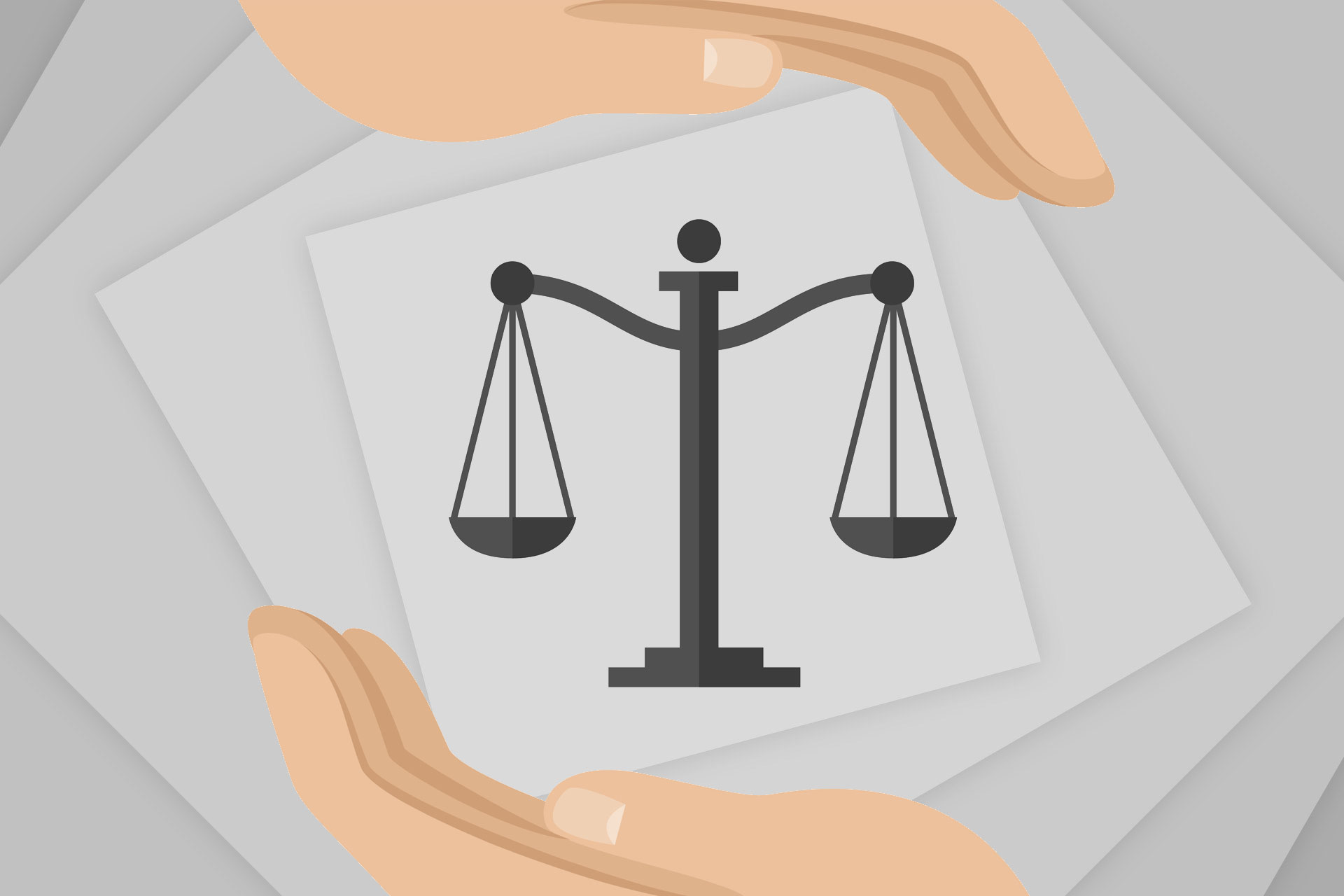THE INDIAN EVIDENCE ACT, 1872
(Act No.1 of 1872)
(15/03/1872 and 01/09/1972)
INTRODUCTION
Evidence is simply a means (not an end) to prove or disprove the substantial rights of a person. The word evidence is derived from the Latin word evident or evidere which means to show/ discover/ prove clearly. We may say that evidence means anyone (witness) by whom or anything (documents etc.) by which an alleged matter of fact is either proved or disproved.
The Indian Evidence Act was drafted by Mr. James F. Stephen (law member of the Law Commission) in 1871 and hence he is known as the founding father of the IEA.
The preamble of the IEA is to consolidate, define and amend (CDA) the law of evidence.(UPAPO-2007)
The IEA is basically a procedural/ adjective law. (MPJ-1989). It has retrospective effect. (MPAPO-1993)
CONSTITUTIONAL GENESIS
The law relating to evidence is subject matter of the Concurrent List (Part-III) of the Indian Constitution. The legislature (Union as well as State) has power to make law relating evidence under Entry No.12.
FACTUM PROBANDUM/ PROBANS
An evidence may be given only of two things—
- Facts in issue (Principal facts or Factum probandum).
- Relevant facts (Evidentiary facts or Factum probans).
The whole laws relating to evidence under the Indian Evidence Act, 1872 (hereinafter referred to as the “IEA”) moves around relevancy and admissibility of evidence relating to “facts in issue and relevant facts”
KINDS OF EVIDENCE
- Direct Evidence (DE) & Indirect Evidence (IE): The DE is the evidence when a principal fact (i.e. fact in issue or factum probandum) is attested directly by the witness who actually saw the commission of the crime. IE is the fact which has not been seen by anyone but inference of commission of crime is gathered from the circumstances. IE is also known as ‘circumstantial evidence’. Circumstantial evidence is of two types—Conclusive & Presumptive.
- Real and Hearsay Evidence: Evidence which is directly addressed to the sense of the court is called real evidence, viz. the seriousness of the injury may be appreciated by the court seeing the injured man. Hearsay evidence is the evidence which is not directly seen rather it is heard.
- Primary & Secondary Evidence: Primary evidence (PE) and secondary evidence (SE) are given to prove the contents of the documents. Primary evidence is the best evidence. Section 62 provides that PE means the document itself produced for the inspection of the court and their remains nothing better to produce. SE is inferior kind of evidence and it is given only when the party is permitted under the IEA. SE has been dealt in detail under Sections 63-66.
- Oral Evidence: All statements which the court permits or requires to be made before it by witness in relation to the matters of facts under inquiry are called oral evidence. The oral evidence has been dealt in detail under Sections 59-60.
- Documentary Evidence: All documents including electronic records produced for the inspection of the court. A document is evidence only when it is produced for the inspection of the court. The documentary evidence has been dealt in detail under Sections 61-90.
CARDINAL RULES OF LAW OF EVIDENCE
The cardinal rules of law of evidence are—
- Best evidence must be given in all cases.
- Evidence must be confined to the matter in issue;
- Hearsay evidence must not be admitted.(Exception—Res gestae, admissions, confessions, dying declaration etc.);
AIMS OF EVIDENCE
Aims of law of evidence—(1) to decide which fact is liable to be proved; (2) how the facts could be proved before the court; (3) to prevent protracted inquiries.
LOGIC VS. RELEVANCY
The rules of evidence based upon the rules of relevancy. Only relevant evidences (as specifically enumerated in the IEA, 1872) are admitted and not the logical evidences. Thus, logical relevancy and legal relevancy are two different things. A fact connected with other fact may be logically relevant, but it will be legally relevant only when the law declares it to be relevant. Every fact that is legally relevant is also logically relevant but every logically relevant fact may not be necessarily legally relevant. In other words, logical relevancy is genus but legal relevancy is a species.
LEX FORI
Law of evidence is a lex fori. The phrase lex fori means the law of the place of action. Thus, where evidence is taken in country ‘X’ for suit or proceeding in country ‘Y’, the law applicable to the recording of evidence would be law prevailing in country ‘Y’.
STANDARD OF PROOF
In civil matters standard of proof go by probabilities while in criminal matters there must be more certainty and proof beyond reasonable doubt. Thus, in criminal matter degree of proof is comparatively strict.
SCHEME OF THE IEA
- Total Sections—167;
- Chapters—11;
- Arranged into III Parts—Part I-Relevancy of facts, Part II-Proof, Part III-Production and effect of evidence. The only Schedule of the Act has been repealed.
WHETHER EXHAUSTIVE ?
The IEA is exhaustive i.e. it purports to contain all the rules of evidence. [However, some authors treat the evidence Act as non-exhaustive as it does not contain the whole of the rule of evidence.]
APPLICABILITY
The IEA uniformly applies to civil and criminal proceeding. However, certain provisions of the Act apply only to civil proceeding (i.e. estoppel) and criminal proceeding (i.e. confession) while other provisions apply to both civil and criminal proceedings.
**********
